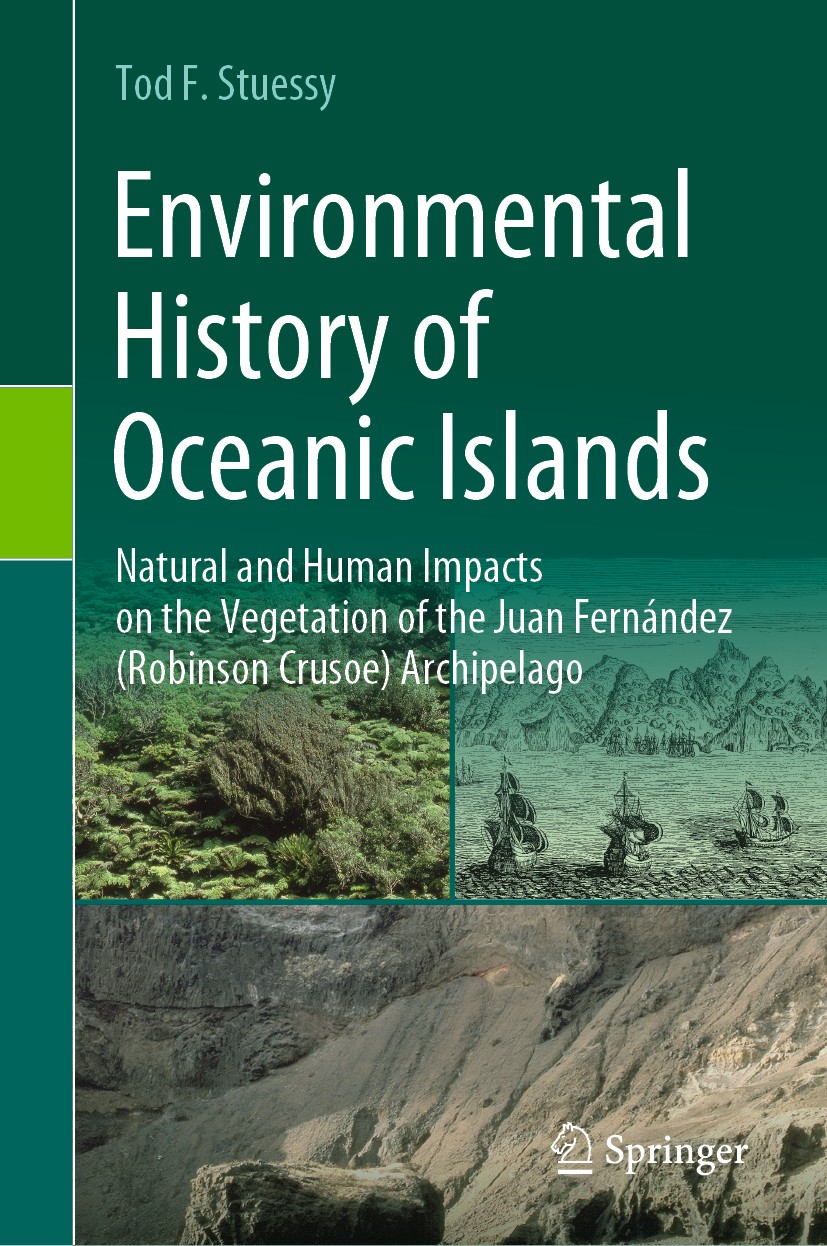| 书目名称 | Environmental History of Oceanic Islands |
| 副标题 | Natural and Human Im |
| 编辑 | Tod F. Stuessy |
| 视频video | http://file.papertrans.cn/313/312689/312689.mp4 |
| 概述 | Offers a unique view on the archipelago where Alexander Selkirk spent four years in isolation.Reveals how landscape modification occurs through a combination of natural and human impacts.Includes colo |
| 图书封面 |  |
| 描述 | .The Juan Fernández Archipelago is located in the Pacific Ocean west of Chile at 33° S latitude. Robinson Crusoe Island is 667 km from the continent and approximately four million years old; Alejandro Selkirk Island is an additional 181 km west and only one million years old. The natural impacts of subsidence and erosion have shaped the landscapes of these islands, resulting in progressive changes to their subtropical vegetation. The older island has undergone more substantial changes, due to both natural causes and human impacts. After the discovery of Robinson Crusoe Island in 1574, people began cutting down forests for lumber to construct boats and homes, for firewood, and to make room for pastures. Domesticated plants and animals were introduced, some of which have since become feral or invasive, causing damage to the local vegetation. The wealth of historical records on these activities provides a detailed chronicle of how human beings use their environment for survival in a newecosystem. This book offers an excellent case study on the impacts that people can have on the resources of an oceanic island. . |
| 出版日期 | Book 2020 |
| 关键词 | Historical ecology; Conservation; Island biodiversity; Landscape ecology; Pacific Islands; Historical Geo |
| 版次 | 1 |
| doi | https://doi.org/10.1007/978-3-030-47871-1 |
| isbn_softcover | 978-3-030-47873-5 |
| isbn_ebook | 978-3-030-47871-1 |
| copyright | The Editor(s) (if applicable) and The Author(s), under exclusive license to Springer Nature Switzerl |
 |Archiver|手机版|小黑屋|
派博传思国际
( 京公网安备110108008328)
GMT+8, 2025-11-14 06:35
|Archiver|手机版|小黑屋|
派博传思国际
( 京公网安备110108008328)
GMT+8, 2025-11-14 06:35


